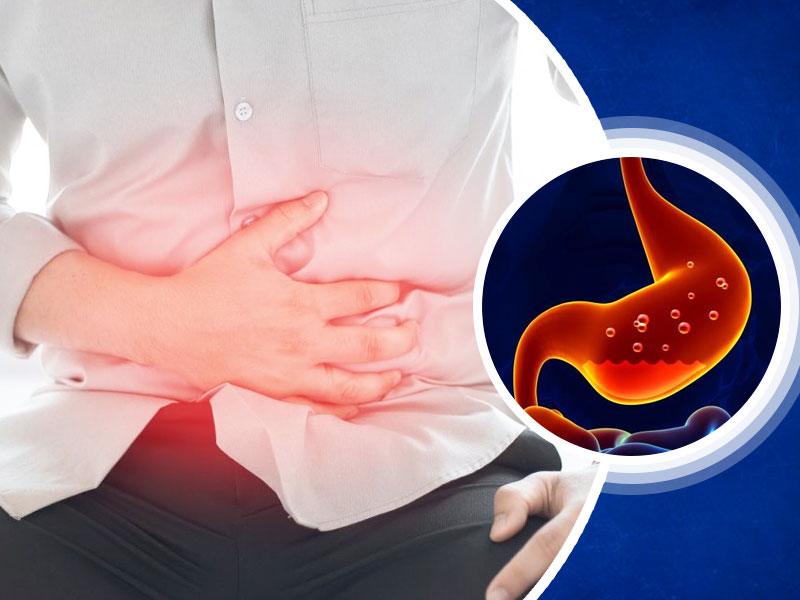
Dumping syndrome is a collection of symptoms, including diarrhoea, nausea, feeling lightheaded, and fatigue, often caused by rapid gastric emptying. Rapid gastric emptying occurs when food moves too quickly from the stomach to the duodenum, the first part of the small intestine. Symptoms of early dumping syndrome manifest within 30 minutes after a meal, while symptoms of late dumping syndrome appear 1 to 3 hours after eating.
Table of Content:-
We spoke to our expert Dr A K Gadpayle, Head of Department of Medicines - Sharda Hospital to delve deeper into the causes, symptoms, diagnosis, and relief tips for dumping syndrome. Here is what he shared with us.
Causes of Dumping Syndrome
1. Gastric or Esophageal Surgery
Surgery altering the structure of the stomach or small intestine, such as gastric bypass surgery or certain gastrectomies, is frequently associated with dumping syndrome. These surgeries can alter food digestion and absorption.
2. Rapid Gastric Emptying
After surgery, the stomach may empty its contents into the small intestine too quickly. This could be due to changes in hormonal signalling or the removal of the pyloric sphincter, a valve that regulates the passage of food from the stomach to the small intestine.
3. Reduced Digestive Enzymes
Some surgeries may lead to a decrease in bile or digestive enzyme production, which are crucial for proper food digestion. This reduction can exacerbate dumping syndrome symptoms.

Also Read: Exam Result Stress: 10 Effective Strategies to Overcome Performance Anxiety
Diagnosis of Dumping Syndrome
Dumping syndrome can be diagnosed through various tests:
1. Oral Glucose Tolerance Test
Measures blood sugar levels before and after consuming a glucose solution.
2. Hydrogen Breath Test
Measures hydrogen levels in the breath after consuming a glucose solution.
3. Upper GI Endoscopy
Allows visualisation of the upper digestive tract.

4. Gastric Emptying Test
Assesses how quickly food leaves the stomach.
Also Read: Exam Result Stress: 10 Effective Strategies to Overcome Performance Anxiety
Relief Tips fo Dumping Syndrome
1. Eat Smaller, Frequent Meals
Opt for 5 or 6 small meals throughout the day rather than three large ones.
2. Lie Down After Meals
Lying down can help slow the emptying of the stomach.
3. Drink Fluids Between Meals
Avoid drinking large amounts of fluids during meals; instead, consume most fluids between meals.
4. Stay Hydrated
Drink 6 to 8 cups (1.4 to 1.9 litres) of fluids daily to prevent dehydration.
5. Modify Your Diet
Avoid sugary foods and beverages and opt for complex carbohydrates, lean proteins, and healthy fats.
6. Increase Fibre Intake
Fibre-rich foods can help regulate digestion and prevent rapid gastric emptying.
7. Limit Alcohol Consumption
Consult with your doctor about alcohol consumption, as it can exacerbate symptoms.
A Final Word
Dumping syndrome can significantly impact quality of life, but with proper management, its symptoms can be alleviated. Understanding the causes, recognizing the symptoms, and adopting appropriate lifestyle changes and dietary modifications can help individuals with dumping syndrome lead a more comfortable and fulfilling life. Always consult with a healthcare professional for personalised advice and treatment options.
Also watch this video
How we keep this article up to date:
We work with experts and keep a close eye on the latest in health and wellness. Whenever there is a new research or helpful information, we update our articles with accurate and useful advice.
Current Version